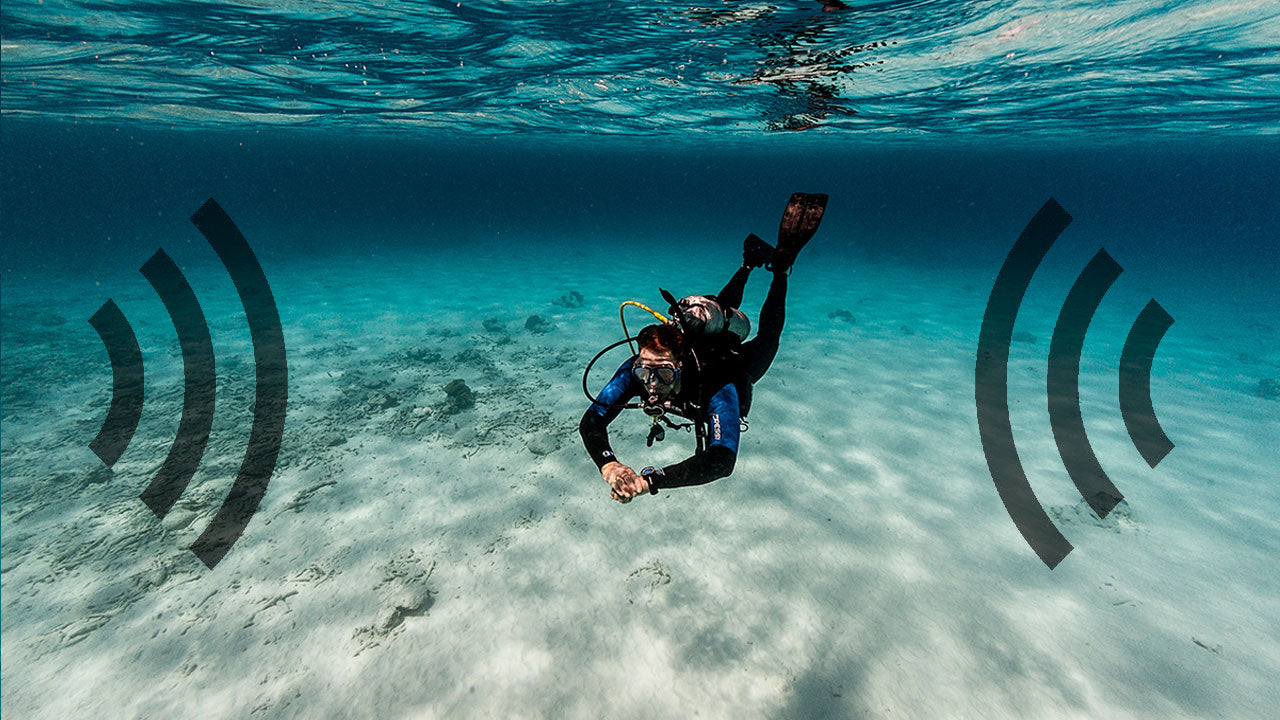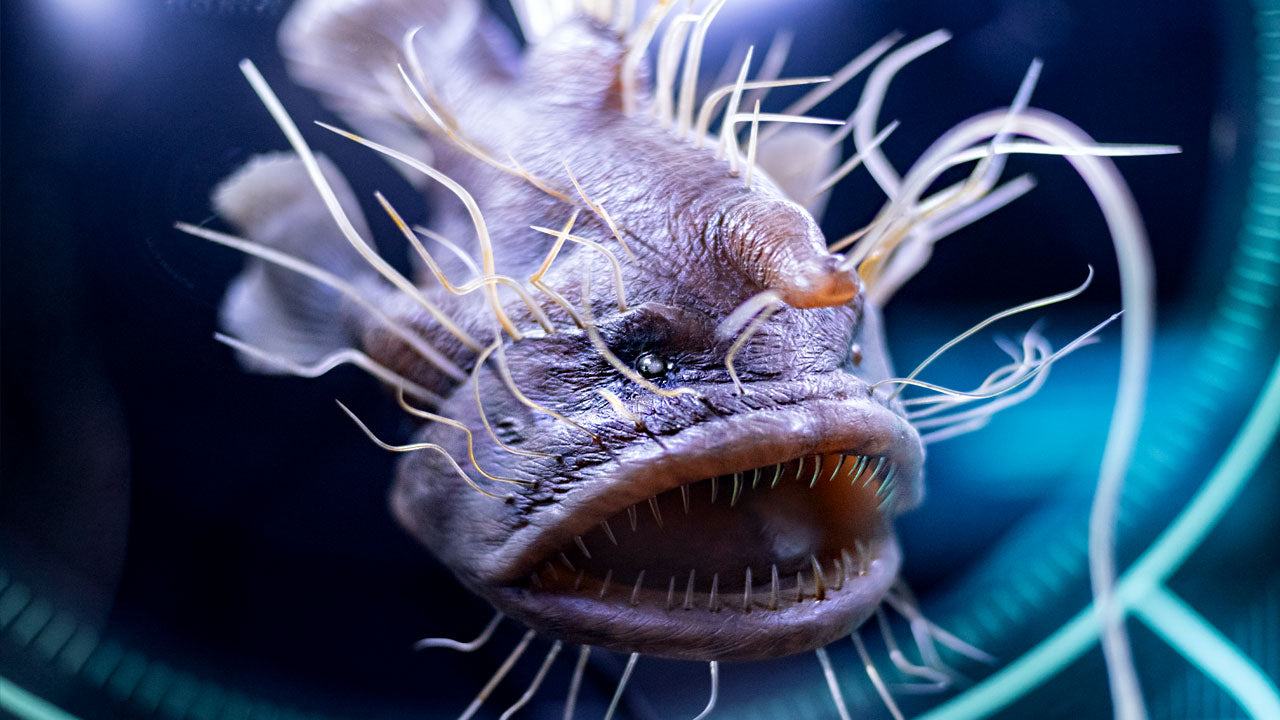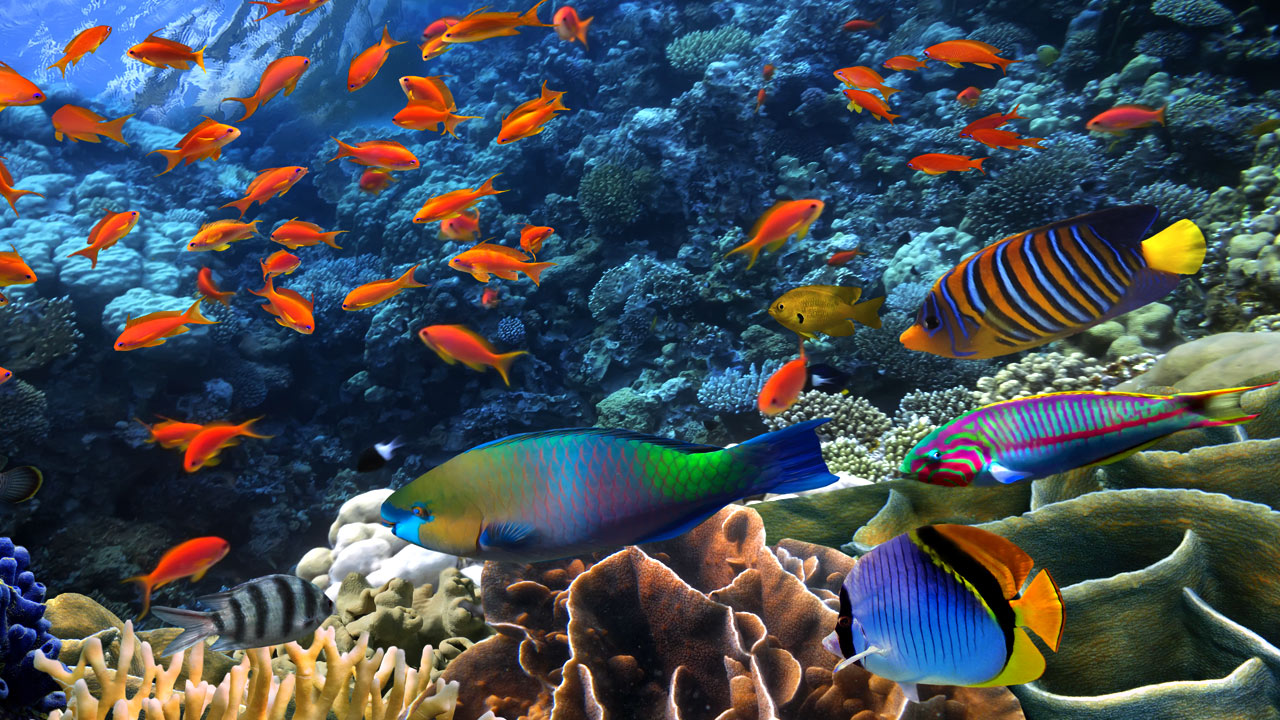Antifreeze Proteins: Why Fish Don’t Freeze in the Antarctic Ocean

It’s officially the last day of winter (in the Northern Hemisphere at least), which means that we will soon be able to enjoy warmer weather, telltale green shoots popping up here and there and birds singing early in the morning. However, there are parts of the world that remain covered by ice year-round, namely the polar regions. The annual mean temperature at the South Pole is -76F (-60C) in winter and -18F (-28.2C) in summer. The annual mean temperature at the North Pole is -40F (-40C) in winter and 32F (0C) in summer. So how do the animals that live there manage to survive the region’s frigid, dry climate and relentless winds?
This very question has puzzled the researchers for many years, especially when it comes to cold-water fish. Unlike the warm-blooded birds and mammals, fish can’t keep their body temperature higher than the icy environment around them. With the Antarctic Ocean's freezing temperatures of 28.8 degrees Fahrenheit (minus 1.8 degrees Celsius) being lower than the freezing point of fish blood, which is about 30.4 degrees Fahrenheit (minus 0.9 degrees Celsius), it would be only logical to suppose that all those fish should be frozen in their tracks. Unless something prevented the ice crystals from growing. That something turned out to be a so-called antifreeze protein.
The first animal antifreezes were identified several decades ago in the blood plasma of Antarctic fish by Arthur DeVries and his colleagues. The researchers have discovered that the tissues and bloodstream of about 120 species of fish belonging to the Notothenioidei family are full of antifreeze. How it works, however, has been unclear.
To get to the bottom of this chemical question, scientists studied the antifreeze proteins of the Antarctic toothfish (Dissostichus mawsoni) using a special technique, terahertz spectroscopy. With the aid of terahertz radiation, they were able to record the collective motion of water molecules and proteins. Thus, the working group discovered that water molecules, which usually perform a permanent dance in liquid water, and constantly enter new bonds, dance a more ordered dance in the presence of proteins. In other words, the antifreeze proteins disturb the water molecules in such a way that they cannot bond together and form ice crystals. Such a remarkable evolutionary solution allowed the antifreeze-bearing fish to survive and dominate the frigid Antarctic waters.
Finally, the researchers have made another fascinating discovery having to do with biological adaptation. It turns out that fish in the Arctic, where waters also reach subfreezing temperatures, carry a similar but different antifreeze protein - evolutionarily distinct from that of the Antarctic toothfish. What this means is that fish at both ends of the planet evolved similar antifreeze survival strategies through completely different methods.




